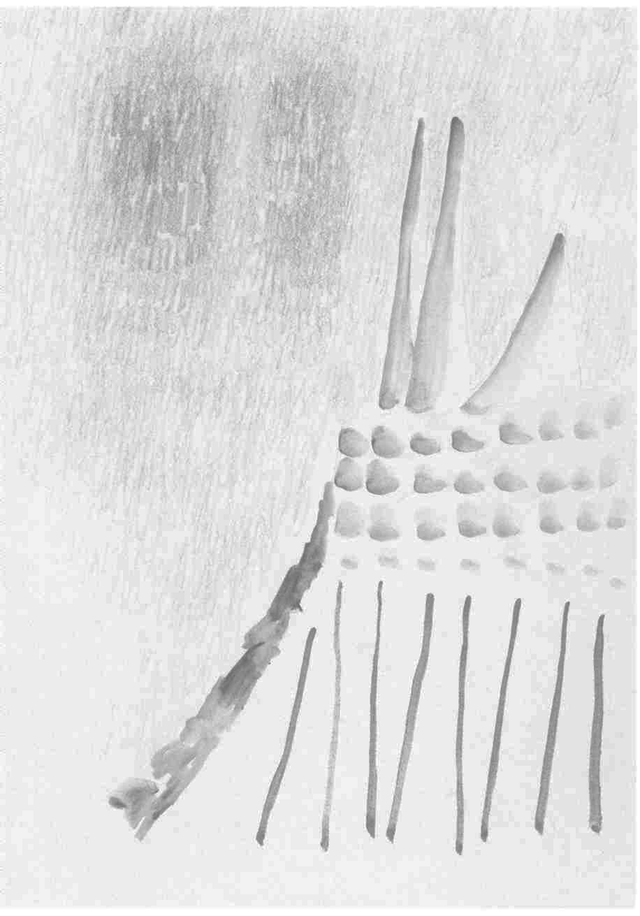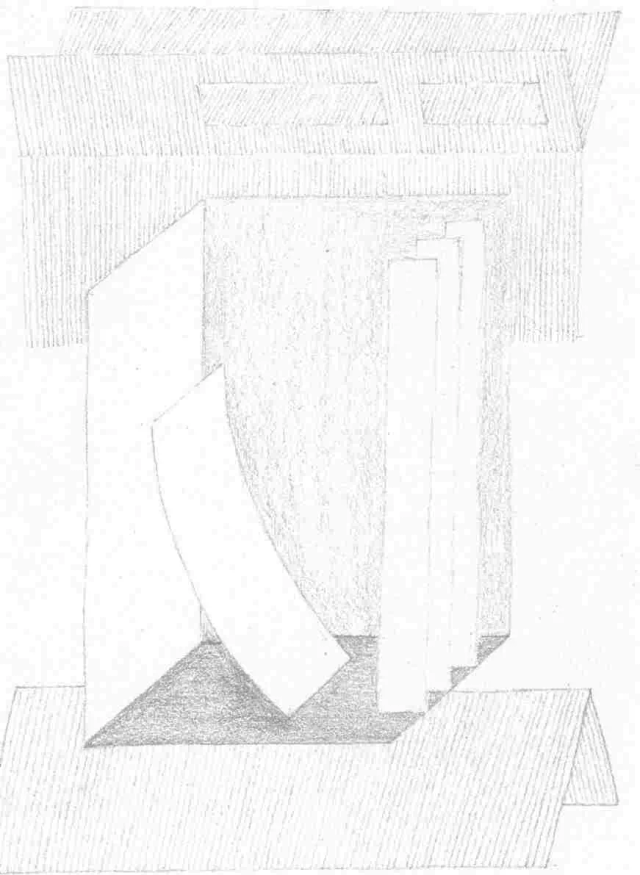Fausto Melotti
Fausto Melotti, an Italian sculptor, painter, and poet, is recognized as a trailblazer in Italian art for his distinctive impact on mid-century European Modernism. Growing up in prewar Milan and enduring the tumult of the Second World War, Melotti processed the wartime destruction in his art by revisiting Renaissance ideals of harmony, order, geometry, and musical form.
Biography of Fausto Melotti
Fausto Melotti was born in Rovereto (Trento) in 1901. In 1918, he began his studies at the Faculty of Physics and Mathematics at the University of Pisa, which he continued at the Politecnico in Milan, graduating in Electrotechnical Engineering in 1924. During this time, he also pursued piano studies and took up sculpture lessons in Turin under Pietro Canonica. In 1928, he joined the Accademia di Brera in Milan, studying under Adolfo Wildt alongside Lucio Fontana, with whom he developed a lasting friendship. In 1932, Melotti agreed to teach a course in modern plastic arts at the Scuola Artigianale in Cantù.
In 1935, Fausto Melotti's cousin Carlo Belli published Kn, a text described by Kandinsky as "the Gospel of abstract art." This work represented the theoretical culmination of the experiments carried out by the abstract artists who gathered with Belli and Melotti at the Bar Craya in Milan. During the same year, Melotti became a member of Abstraction-Création, a movement established in Paris in 1931 by Van Doesburg, Seuphor, and Vantogerloo, dedicated to promoting the work of non-figurative artists.
Additionally, in 1935, Melotti was among the Milanese artists who exhibited at the inaugural group show of abstract art in the studio of Casorati and Paulucci in Turin. He also held a solo exhibition at the Galleria del Milione in Milan, showcasing sculptures of rigorously contrapuntal inspiration.
Melotti's initial exhibition did not garner critical or public acclaim in Italy, but it caught the attention of Léonce Rosenberg in France and led to recognition in Switzerland, where he received the La Sarraz Prize in 1937. For the 6th Triennale of Milan in 1936, he created a significant piece for the "Sala della Coerenza" designed by the B.B.P.R. studio (Banfi, Belgiojoso, Peressuti, Rogers), titled the Constant Man.
Between 1941 and 1943, Melotti resided in Rome, participating in the Figini and Pollini project for the Palazzo delle Forze Armate. During this time, he also produced drawings, paintings, and poems, compiled and published as "Il Triste Minotauro" by Giovanni Schweiller in 1944.
Following the war, Melotti shifted his focus to ceramics, and his refined technique and exceptional quality earned him the Grand Prix at the 1951 Triennale, along with gold medals in Prague and Munich. During this period, he established a strong professional and personal relationship with Gio Ponti, collaborating on two large projects: the Villa Planchart in Caracas (1956) and the Villa Nemazee in Tehran (1960).
In 1967, Melotti showcased a series of newly inspired sculptures at the Galleria Toninelli in Milan, marking the beginning of a sequence of exhibitions in Italy and abroad. These exhibitions swiftly brought him success and heightened public awareness of his diverse artistic endeavors, spanning sculptures, low reliefs, theater sculptures, ceramics, and works on paper.
Fausto Melotti's artwork continued to be showcased in solo and group exhibitions in prominent cities such as New York, London, Zurich, Frankfurt, and Paris. The artist passed away on the 22nd of June 1986. That same year, the 42nd Venice Biennale honored his memory with the Golden Lion award.
Fausto Melotti's Art Style
Before delving into art, Fausto Melotti studied music, mathematics, and engineering, disciplines that left a clear mark on his unique approach throughout the ensuing decades. Initially trained as a figurative artist, Melotti shifted his artistic focus towards abstraction and the realm of new non-objective art, after he struck up a friendship with fellow student Lucio Fontana in 1928.
Alongside Fontana, Melotti became involved in the 'Abstraction-Création' movement, solidifying his concepts regarding non-figurative art. Drawing from his background in engineering and music, Melotti's initial forays into abstract sculpture were geometric, echoing the young artist's academic grounding in principles of order, rhythm, proportions, and form.
Melotti's ceramics from the 1940s reflect the pain, trauma, and despair that consumed his thoughts in the aftermath of the Second World War. The aerial bombings that ravaged the artist's studio in Milan brought about a profound change in his artistic perspective, leading to a tangible and symbolic break from his idealized exploration of abstraction. His focus turned towards the craft and creation of ceramics and terracotta. Adorned with polychromatic glazes, these works feature enigmatic figures that highlight the artist's urgent and necessary return to figuration.
Years:
Born in 1901
Country:
Italy, Rovereto
Gallery:
Galleria d'Arte Maggiore g.am.
Galerie Thomas
ACQUAVELLA
Cardi Gallery
Tornabuoni Art
Galerie Karsten Greve

